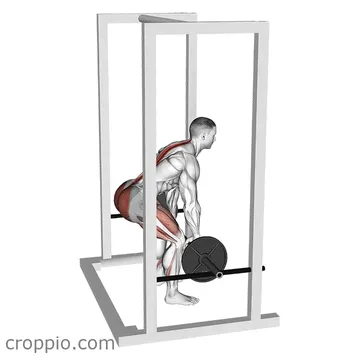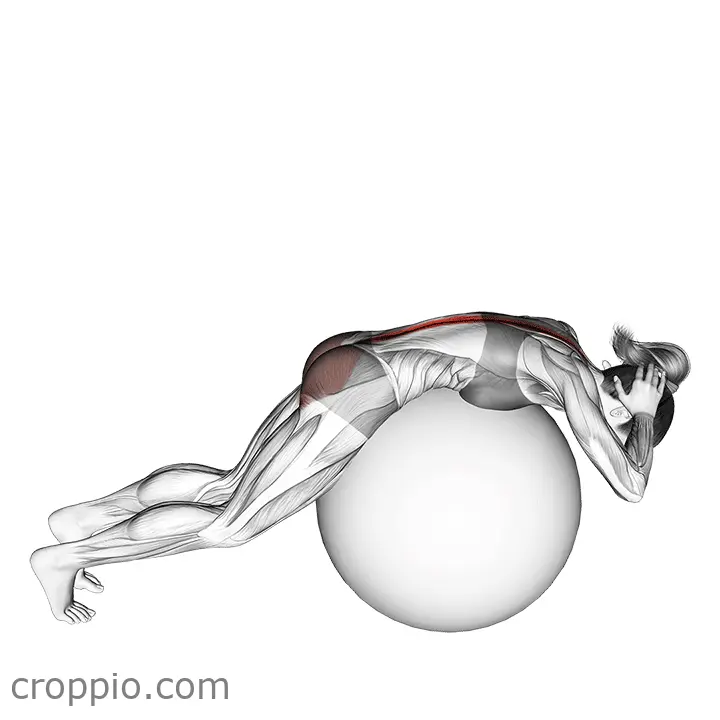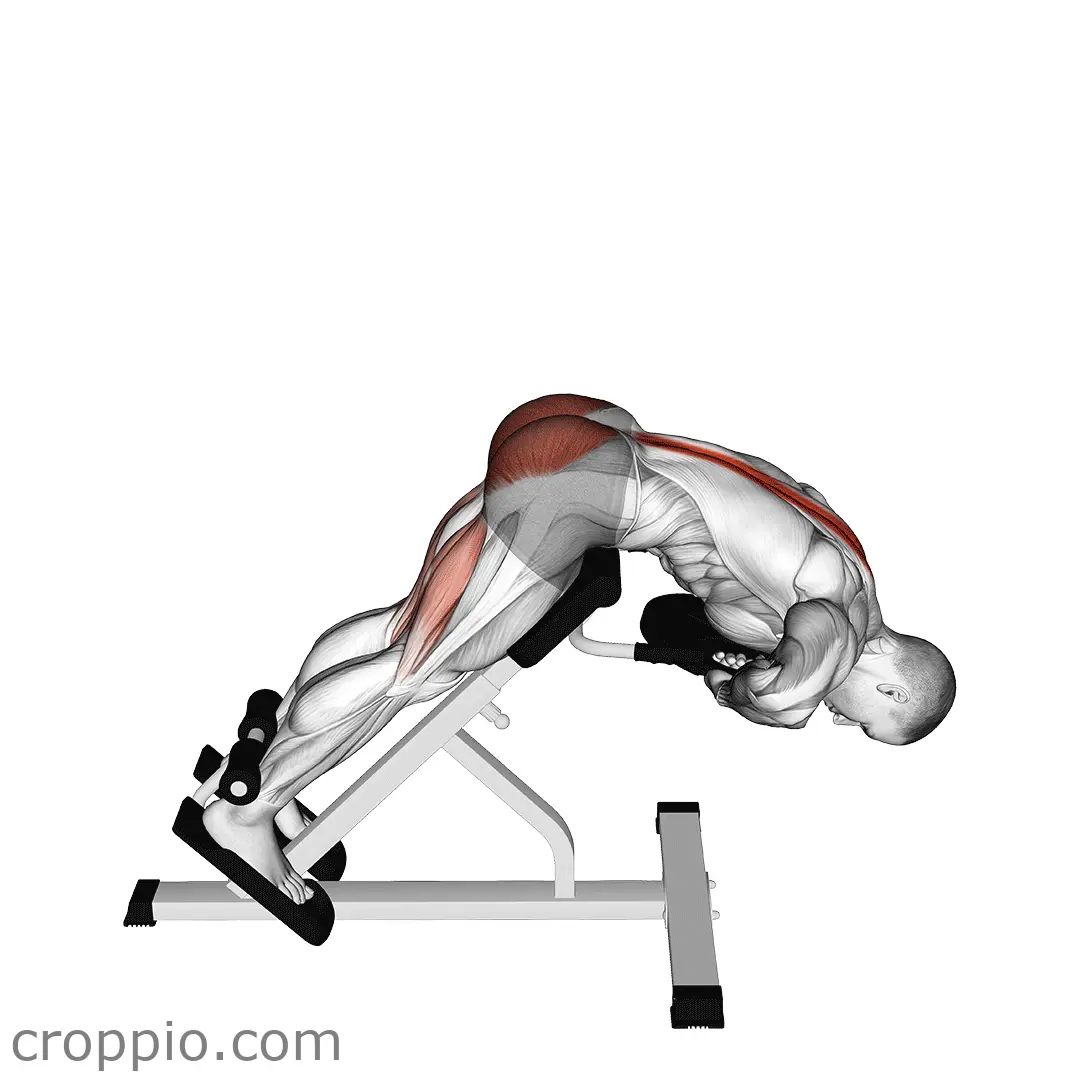Barbell Rack Pull

Muscles Involved
The barbell rack pull primarily targets the lower back, making it an excellent exercise for developing strength in the posterior chain. The key muscle involved is the erector spinae, which assists in extending the spine. Secondary muscles include the glutes and hamstrings, which contribute to hip extension during the lift, as well as the trapezius and rhomboids in the upper body for scapular stabilization and support. This exercise also engages the core muscles to maintain stability throughout the lift, making it a well-rounded addition to any strength training routine.
Top Mistakes
- Improper Setup: Not positioning the bar at the correct height can lead to ineffective lifts or increased strain on the lower back.
- Round Back: Allowing the spine to round during the lift can increase the risk of injury, particularly to the back.
- Using Excessive Weight: Lifting weights that are too heavy can compromise form, detracting from the effectiveness of the exercise.
- Neglecting the Core: Failing to engage the core muscles can result in instability, leading to poor lift mechanics.
Execution Tips
- Start with Proper Height: Set the barbell just below knee level to ensure optimal range of motion and reduce strain.
- Feet Placement: Stand with feet shoulder-width apart, using a grip that feels comfortable but secure—usually slightly wider than shoulder-width.
- Maintain a Neutral Spine: Keep the back straight and chest up throughout the lift. Focus on pushing through the heels and driving the hips forward as you lift.
- Control the Descent: Lower the barbell in a controlled manner, maintaining tension in the muscles to maximize effectiveness.
Workouts
Incorporating barbell rack pulls into your workout routine can greatly enhance overall strength. As part of a strength training program, aim for 3 to 4 sets of 6 to 10 repetitions. It's beneficial to complement rack pulls with exercises such as deadlifts, Romanian deadlifts, or bent-over rows to target similar muscle groups systematically. Ensure to allow adequate rest between sets to maintain form and maximize strength gains.
Conclusion
The barbell rack pull is a powerful exercise that builds strength in the posterior chain, focusing on the back, glutes, and hamstrings. By mastering the correct technique and avoiding common pitfalls, you can leverage this move to enhance your lifting capabilities, improve posture, and reduce your risk of injury in more compound lifts. Add it to your strength routine for comprehensive back development and overall athletic performance.



